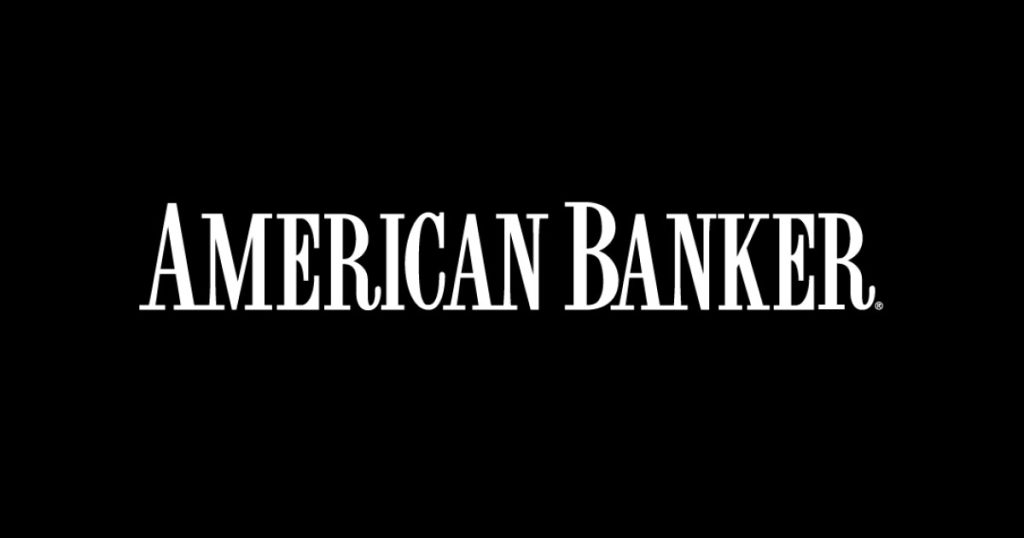The past few months have seen a stablecoin mania of sorts, as dozens of banks and non-banks have floated the idea of issuing their own coin.
As more banks consider
FV Bank, which was founded in 2018 to provide banking services to the distributed ledger industry, has added several services to support stablecoins in concert with other digital payments, including a virtual account designed to ease identification for stablecoin-supported payments.
“We’re going to see a lot of new stablecoin issuers. We’ve already seen a lot of new issuers,” FV’s Pashina told American Banker. “But we can play the role of a pick and shovel to help those issuers.”
‘Winners and losers’
The stablecoin market that emerges from the expected passage of the
As Walmart and Amazon consider their own stablecoins, there’s also the possibility of a rival stablecoin market from banks’ retailer competitors. “We’ll welcome a lot of issuers, and we’ll be adding more services as the stablecion market expands,” Paschini said.
FV Bank’s Paschini said there’s room for banks to sell stablecoin services beyond issuing their own coins. Not issuing their own coins would allow them to avoid the expense of holding assets to back the 1:1 reserve requirement of stablecoins while still making loans to other customers. For some banks — particularly smaller banks, it may make more sense to provide custodial services than issue stablecoins, he said.
Read more about cryptocurrency. (
FV Bank is considering issuing its own stablecoin and joining a consortium, but it is primarily adding to its menu of crypto-supporting products, which also generate income.
“Issuers still need on-ramp and off-ramps, they have to get the stablecoin to you somehow,” Paschini said. “When they go to redeem, they are going to need a way to [convert] the stablecoin back to dollars.”
The new regulations will likely bring more non crypto-native users into the stablecion market, necessitating more supporting services, such as compliance, risk and payment processing, according to Paschini.
“What we’re seeing now is expanded uses beyond the initial institutional customers,” he said. “The beneficiaries are more comfortable with stablecoins because of the Genius Act.”The new stablecoins will also often change based on what works and what doesn’t, according to Paschini, suggesting stablecoins will need to be flexible.
“There will be winners and losers,” Paschini said, likening stablecoins to prepaid cards — a store of value that may or may not get redeemed. “There are thousands of prepaid cards. That doesn’t mean that all are successful or that there are no new prepaid cards as a result.”
Stable custodians
FV Bank’s virtual account identifier enables businesses to assign unique account numbers to their own clients to automate attribution for incoming international payments, including Swift, ACH, domestic wires and stablecions.
This is designed to reduce manual reconciliation, errors and operational overhead. The virtual accounts can also address third party laundering risk (“know your customer’s customer”) and provide transaction and compliance monitoring. When a firm sends payment in traditional currency or stablecion, FV Bank automatically tags and attributes the deposit to the underlying counterparty. This can contribute to adding scale for payments while managing more frequent transactions for higher amounts.
FV Bank has long supported stablecoin transactions without issuing a stablecoin. In 2024 the San Juan-based bank enabled Tether, Circle and PayPal’s stablecoins for direct deposits, converting USDT, USDC and PYUSD to U.S. dollars into their bank accounts with the conversion happening in near real-time.
In 2022,
The interesting thing about FV Bank’s virtual account announcement is that it points out an alternative to banks issuing their own stablecoins, which is to simply act as custodians for existing stablecoins, Aaron McPherson, a principal at AFM Consulting, told American Banker, noting
“Since stablecoins are interchangeable, all having the same characteristics, it does not make sense for financial institutions to issue their own, unless they have the scale to use them for internal applications,” McPherson said.
While stablecoins have desirable profitability characteristics, in that they generate income from the underlying securities without paying it out to holders (under the forthcoming Genius and Stable acts), the need to tie up capital means that they are not a good fit for financial institutions doing fractional reserve banking, McPherson said.
“Therefore, the ‘glut’ that is coming is likely to be from fintechs, not traditional financial institutions,” McPherson said.

